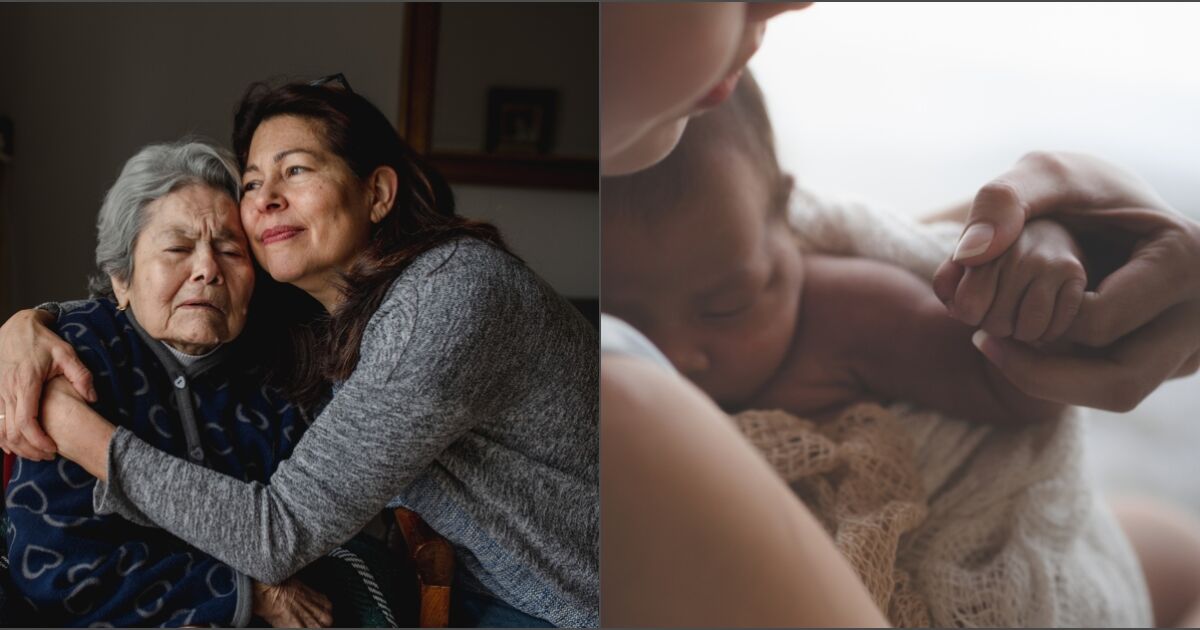Most homes only have one target care person. Such is the case of Zeltzin, a graduate in Communication and professional makeup artist who decided to be a mother. Together with her husband, Emmanuel, they dedicate themselves to caring for their baby, although almost all the weight falls on her.
It is not the only case, this is the trend. Of the 31.7 million caregivers, 75.1% are women, and only 24.9% are men. The proportion is also uneven in the total hours dedicated to support, where women dedicate an average of 38.9 hours a week to care work, compared to 30.6 hours for men.
Andrea Larios, a member of the Fundar Analysis and Research Center, explains that this disparity is due to the social division of labor, a social structure that determines the social roles of people, in which men are the ones who do the work and are They operate in the public sphere, while women remain in the private sphere, in charge of the house and care.
48.9% of female caregivers are not economically active, and they dedicate their time to domestic work and taking care of their homes, like Zeltin. According to statistics, it is men who are more economically active, and spend more hours at work.
This explanation is supported by Claudia de Anda, also a member of Fundar, who takes the results of ENASIC 2022 as a clear example of this phenomenon, which is even replicated in care work.
“Women continue to do care work in the private sphere, while men do care work in the public space. That is, they are the ones who take care of the people they care for, like feeding them, cleaning them, giving them medications; while they are the ones who help them move from home, take them to medical appointments and even accompany them,” he explained.

















